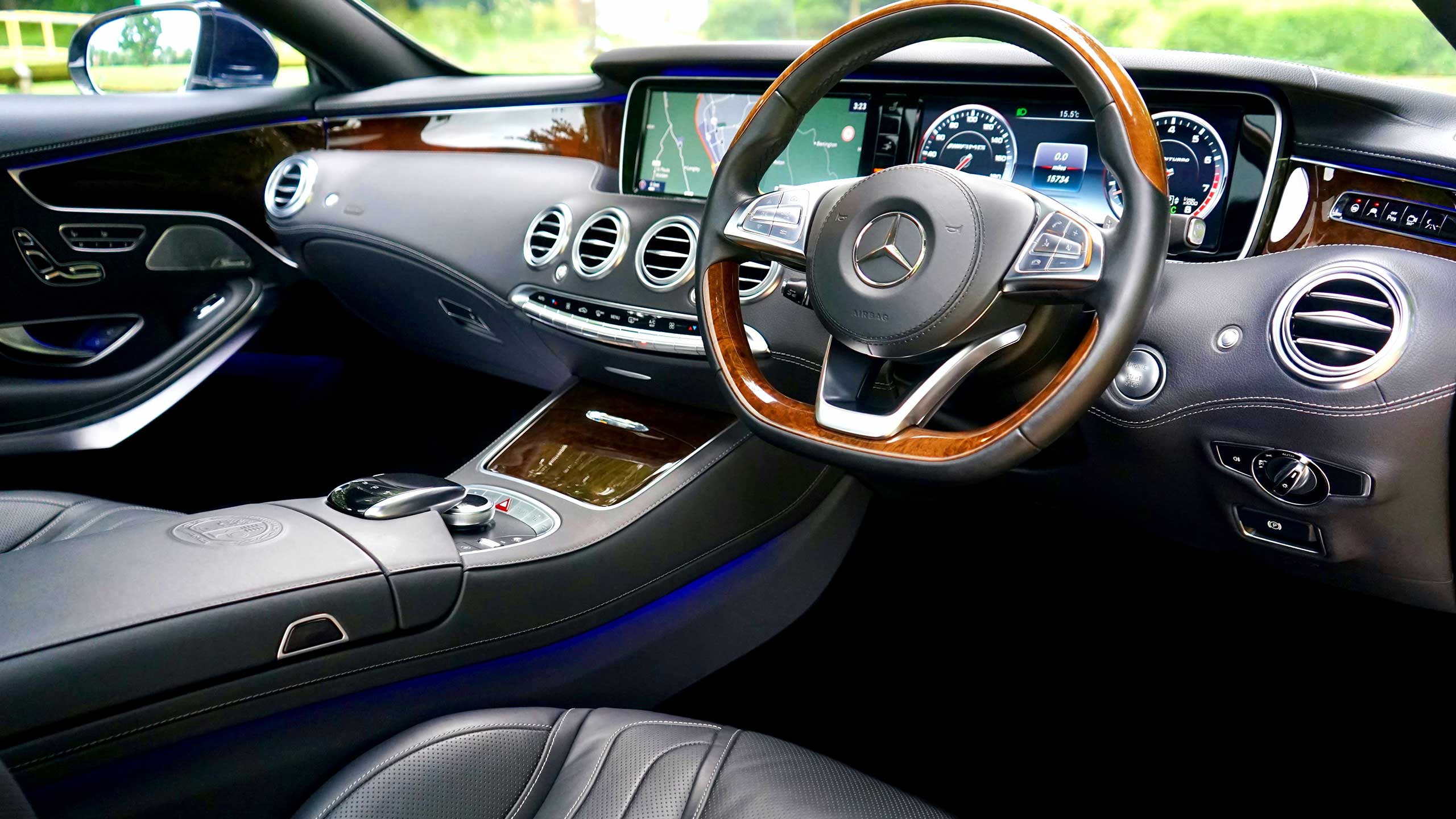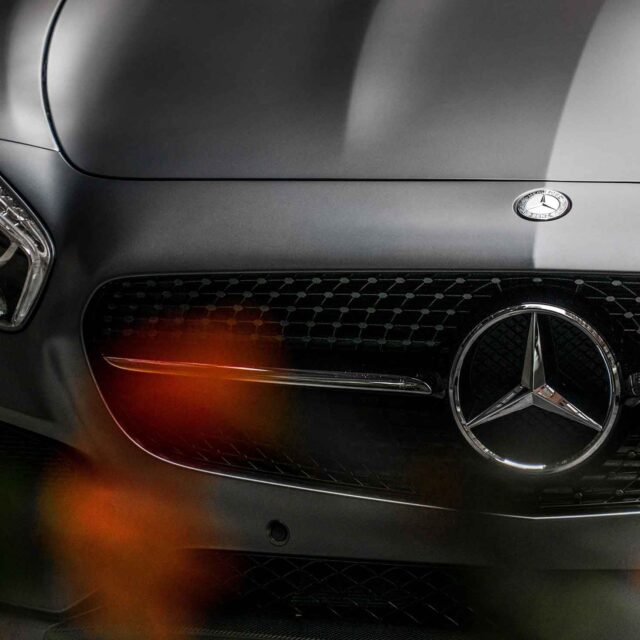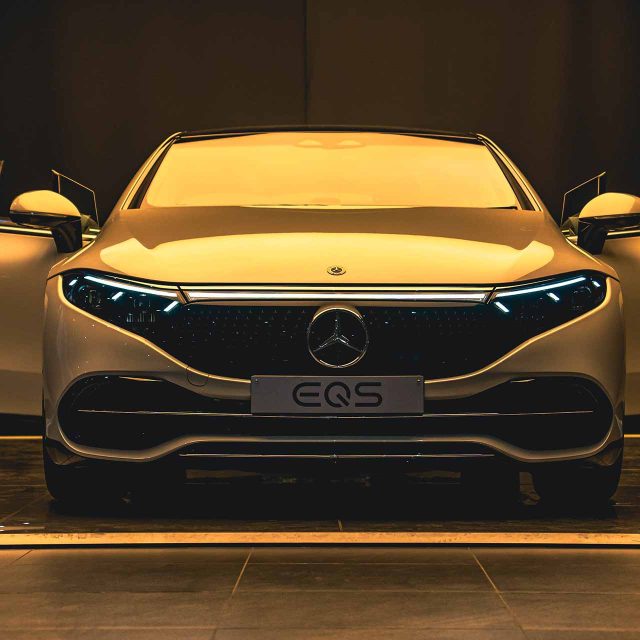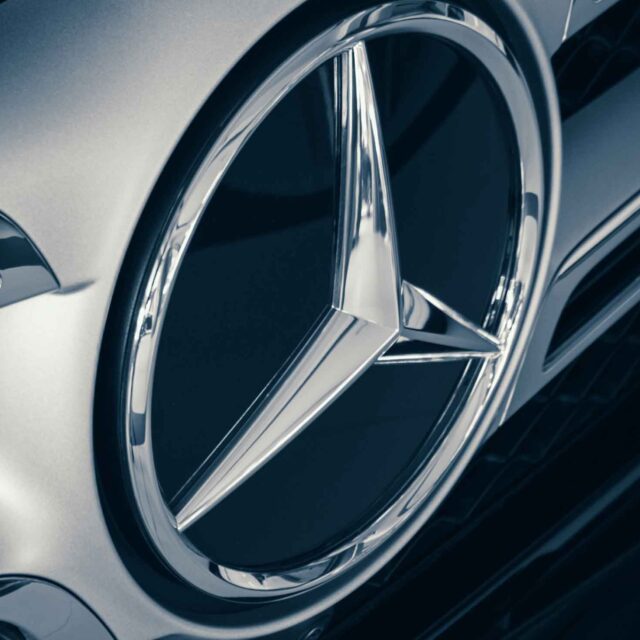In 1834 Gottlieb Daimler was born in Schorndorf. After working as a gunsmith in France, he attended Stuttgart Polytechnic from 1857 to 1859. After working in France and England, he became a draughtsman in Geislingen in 1862. At the end of 1863, he became a workshop inspector in Reutlingen, where he met Wilhelm Maybach in 1865. In 1872, he became Technical Director of Deutz Gasmotorenfabrik and learned Otto’s four-stroke technique. He departed the firm in 1882 after disagreements with the MD.
Daimler set up a four-stroke engine development workshop in his Cannstatt greenhouse. In 1884, he and Wilhelm Maybach created the ‘Grandfather Clock’ engine. The tiny, lightweight machine was designed for vehicle installation.
Trial activities quickly drained Daimler’s resources. He needed partners. Together with Max Duttenhofer and Wilhelm Lorenz, he created Daimler-Motoren-Gesellschaft in 1890. Duttenhofer sought to make stationary engines, but Daimler focused on cars, causing a conflict.
Daimler used subterfuge when Wilhelm Maybach quit in 1891 over contract issues. He continued to produce engines with Maybach, but he owned the patents. Duttenhofer and Lorenz excluded Daimler as a stakeholder due to tensions. Financial problems impeded technical growth, prompting DMG to restore Maybach in 1895. He refused to return without Daimler. But both returned due to business demands.
The Daimler engine gained popularity thanks to Maybach’s Phoenix engine. English businessmen offered 350,000 Marks for licence rights. Maybach became DMG’s Technical Director, and Gottlieb Daimler joined the Technical Board and became Inspector General. Both men’s return to DMG was a surprise. Gottlieb Daimler saw this growth briefly. On 6 March 1900, he died of heart illness.
25 November 1844 is Carl Benz’s birthday. In 1846, his father died. His mother made sure he attended grammar school and studied mechanical engineering despite their low finances. The young engineer immediately became a designer and workshop foreman. Carl Benz founded ‘Carl Benz and August Ritter, Engineering Workshop’ in Mannheim in 1871
Carl Benz paid off his unstable partner Ritter with his wife, Bertha Ringer’s dowry and managed the firm alone. He worked on a gas-powered two-stroke engine from 1878 to create a ‘vehicle without horses’ On New Year’s Eve 1879, after several efforts, he got the engine functioning. In 1882, he formed Gasmotorenfabrik Mannheim as a shareholding business. Benz’s firm share was 5%, and he had minimal technical influence. His backers care about fixed gas engines’ safety.
Benz departed in 1883 and joined Max Rose and Friedrich Wilhelm Esslinger. They launched the two-stroke ‘System Benz’ engine and created Benz & Cie. Rheinische Gasmotoren-Fabrik Mannheim. Rose and Esslinger were sceptical of Benz’s automotive concept. Carl Benz needed additional investors.
In 1890, Ganss and Fischer replaced Rose and Esslinger. Producing stationary and vehicle engines was a successful business concept. Benz wanted to focus on cars, so he founded Carl Benz Söhne in Ladenburg in 1906.
Carl Benz quit as Managing Director in 1912 and gave his sons entire authority. He saw motorization and his ideas implemented. The ‘once scorned and misunderstood inventor’ garnered worldwide praise on his 80th birthday. Carl Benz was a board member of Daimler-Benz AG in his latter years (1926-1929). The motor pioneer died 4 April 1929 in Ladenburg.
Wilhelm Maybach was born in Heilbronn in 1846 to a joiner. Wilhelm was adopted into the Reutlinger Bruderhaus in 1856 after friends of the family place an ad in the Stuttgarter Anzeiger.
Wilhelm Maybach met Gottlieb Daimler in the Bruderhaus machine shop in 1864. Lifelong friendship. Maybach accompanied Daimler to Karlsruhe and Deutz in 1872. After working as a draughtsman, he became lead designer in 1873.
Wilhelm Maybach joined Gottlieb Daimler in Cannstatt when he left Deutz Gasmotorenfabrik in 1882. They developed a lightweight, high-speed combustion engine. Daimler, Max Duttenhofer, and Wilhelm Lorenz created DMG in 1890. Wilhelm Maybach was set to become lead designer, but he departed DMG in February 1891. A temporary solution ensued. Maybach improved his mobility idea with Daimler’s help.
Working with a small team in the Hotel Hermann in Cannstatt, he invented the belt drive, the Phoenix engine, and the spray nozzle carburettor.
Gottlieb Daimler and Wilhelm Maybach re-joined DMG in November 1895 at the request of English businessman Frederick Simms, who secured a large licence deal. Maybach’s goal was to restore DMG’s competitiveness via innovation and reliability. Hotel Hermann ideas were developed extensively for series production. The belt-driven car was DMG’s first mass-produced vehicle.
Maybach’s status in the firm declines after Max von Duttenhofer’s death in August 1903, resulting to his resignation in April 1907. Maybach, embittered by his treatment, went into business with his sons to build his namesake cars. Wilhelm Maybach died in Cannstatt on December 29, 1929. He was buried next Gottlieb Daimler in Uff-Kirchhof.
In 1872 Bertha and Carl Benz married. Benz subsequently wrote in his memoirs, “With this step, an idealist is by my side who understands what she wants, from modest and narrow to big, clear and broad.” Bertha Benz’s support and pioneering attitude were vital to Carl Benz’s success. She was the first to drive a petrol-powered car long distance.
To illustrate the car’s practicality, she travelled 100 kilometres with her sons Eugen (15) and Richard (14) to see her mother. Her “Patent Motor Car” had solid wood spoked wheels and a stronger engine. The travellers landed in Pforzheim after a dawn trip that compelled Mrs. Benz and her sons to improvise. Five days later, the return trip went through Bretten, Bruchsal, and Schwetzingen. Bertha Benz’s aim was accomplished quickly when this sensation spread. The Benz Patent Motor Car was the buzz of the town once critics realised its dependability.
After WWI, inflation and low sales hurt luxury items like autos. Strong brands from financially secure corporations survived. Mergers and partnerships were often forced. DMG and Benz & Cie, long-time rivals, merged in 1924. They coordinated designs, manufacturing, buying, sales, and promotion to stay competitive.
Mercedes-Benz Automobil GmbH was created to promote the “Mercedes” and “Benz” brands. Daimler-Benz AG merged the world’s two oldest automakers in June 1926. The first Daimler-Benz line debuted at the 1926 Berlin Motor Show. The 8/38 hp two-litre (W 02) and 12/55 hp three-litre variants were unveiled during the event (W 03).






